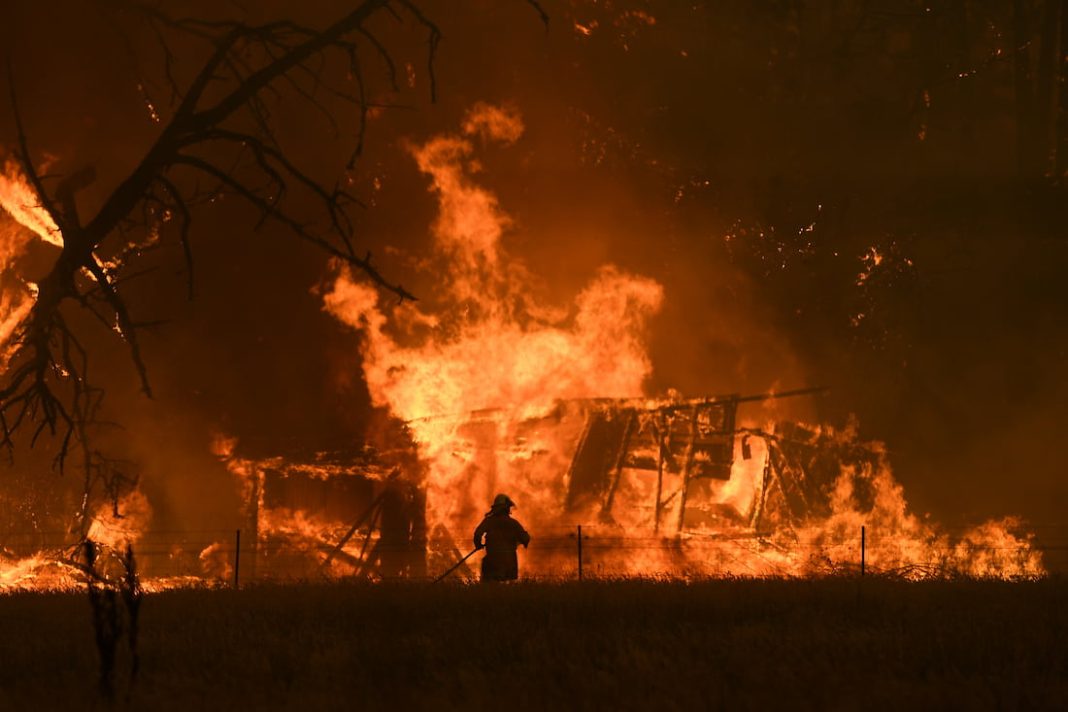It was remarkable more people were not killed in the catastrophic Black Summer bushfires given the unprecedented scale of destruction, a coroner has found.
A long-running NSW inquiry into the deaths of 25 people and dozens of blazes from the disastrous 2019-20 summer has led to a string of recommendations to help prevent similar losses from future fires.
They include new rules for the use of firefighting aircraft, better alert systems and remodelling risk classifications following a coronial probe that lasted more than two years.
The investigation culminated in a 700-page report delivered on Wednesday, building on the work of multiple earlier inquiries.
NSW State Coroner Teresa O’Sullivan said the 2019-20 bushfire season, which came to be known as Black Summer, was without doubt one of the most catastrophic on record.
“It was unprecedented in scale and intensity,” she said in delivering her findings.
“The sheer scale and ferocity of the fires burning simultaneously meant resources were stretched across the state … it is remarkable the loss of life was not higher.”
The fires killed 25 people, while more than 800 million animals were estimated to have perished as their habitats were reduced to ashes.
More than 5.5 million hectares burned across NSW, with fires destroying thousands of houses and buildings, leading to estimated losses of $1.88 billion.
“These figures are important but do not capture the human tragedy or impact upon the community’s collective psyche,” Ms O’Sullivan said.
Residents from the Blue Mountains west of Sydney, who attended Lidcombe Coroner’s Court to hear the findings, left disappointed and said they felt ignored in the process.
Jochen Spencer recalled the traumatic experience of sheltering with neighbours as fire hit Berambing, an event that later fuelled a community campaign.
“We put in a lot of affidavits, we put in expert reports … and it feels like the community voice has not been listened to,” he said.
But the coroner reiterated the purpose of the inquiry was not to assign blame.
More than 780 witness statements were submitted and close to 200 people gave evidence in person, providing a “forensic contribution” beyond their written submissions, Ms O’Sullivan added.
“It was not possible to call for oral evidence from every person that saw, heard or experienced something related to a fire or was involved in some way,” she said.
There were a range of causes for the bushfires including power lines, lightning strikes and out-of-control backburning.
Among the 25 deaths were US aviators Ian McBeth, Paul Clyde Hudson and Rick DeMorgan Jr, who died when their large air tanker crashed while fighting a fire at Adaminaby in the Snowy Mountains region.
Their deaths prompted recommendations around the use of the aircraft.
The NSW Rural Fire Service (RFS) should review training for aviation and incident management, including providing more information to pilots and recording why tasks were rejected, the coroner recommended.
The finding came after the inquiry heard a supervising aircraft’s pilot rejected the task due to the forecast weather.
RFS decision-making around the assignment of aerial firefighting craft should be made at the state operations level rather than by local incident managers, with an improved risk assessment tool to be developed, the coroner said.
Other recommendations targeted the design of fire trucks to better protect against rollovers and falling objects after Geoffrey Keaton and Andrew O’Dwyer died when their truck was hit by a tree at Buxton, southwest of Sydney.
The 28 recommendations are directed to the commissioners of the RFS and police, and the chief executive of state-owned infrastructure company Essential Energy.
Hearings were held across two years around NSW including in Queanbeyan, Lismore, Armidale, Taree, Cooma and Katoomba, and were also live-streamed from Sydney.



